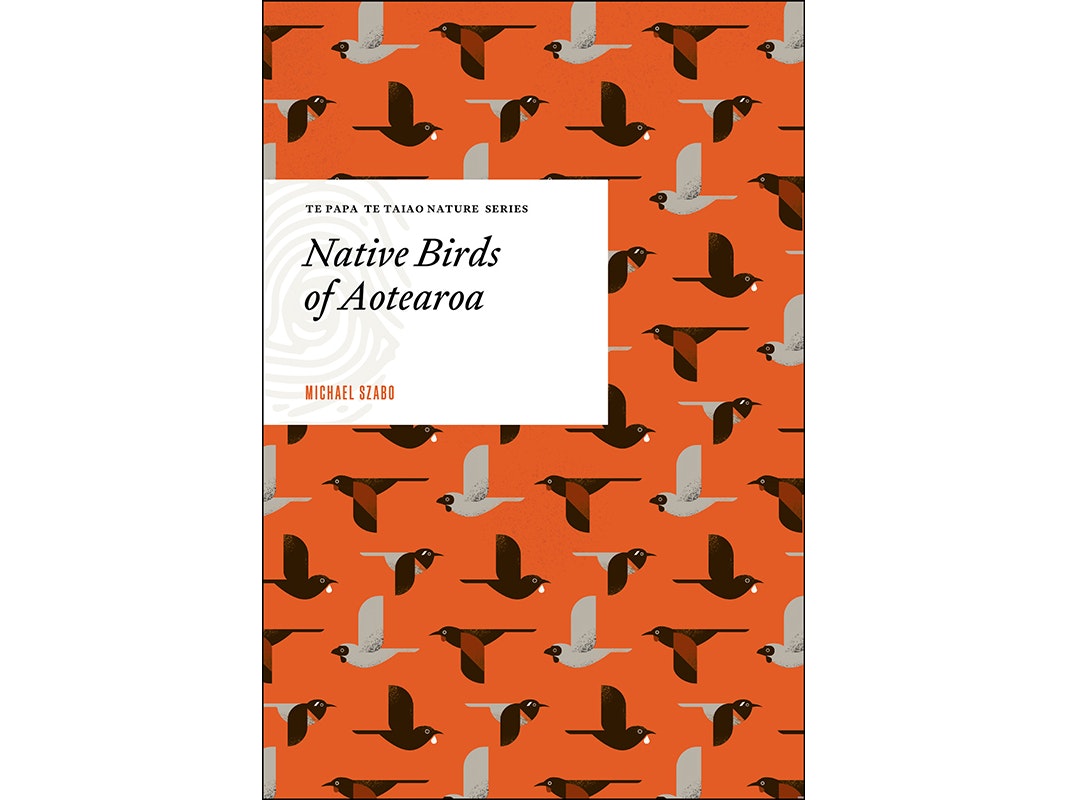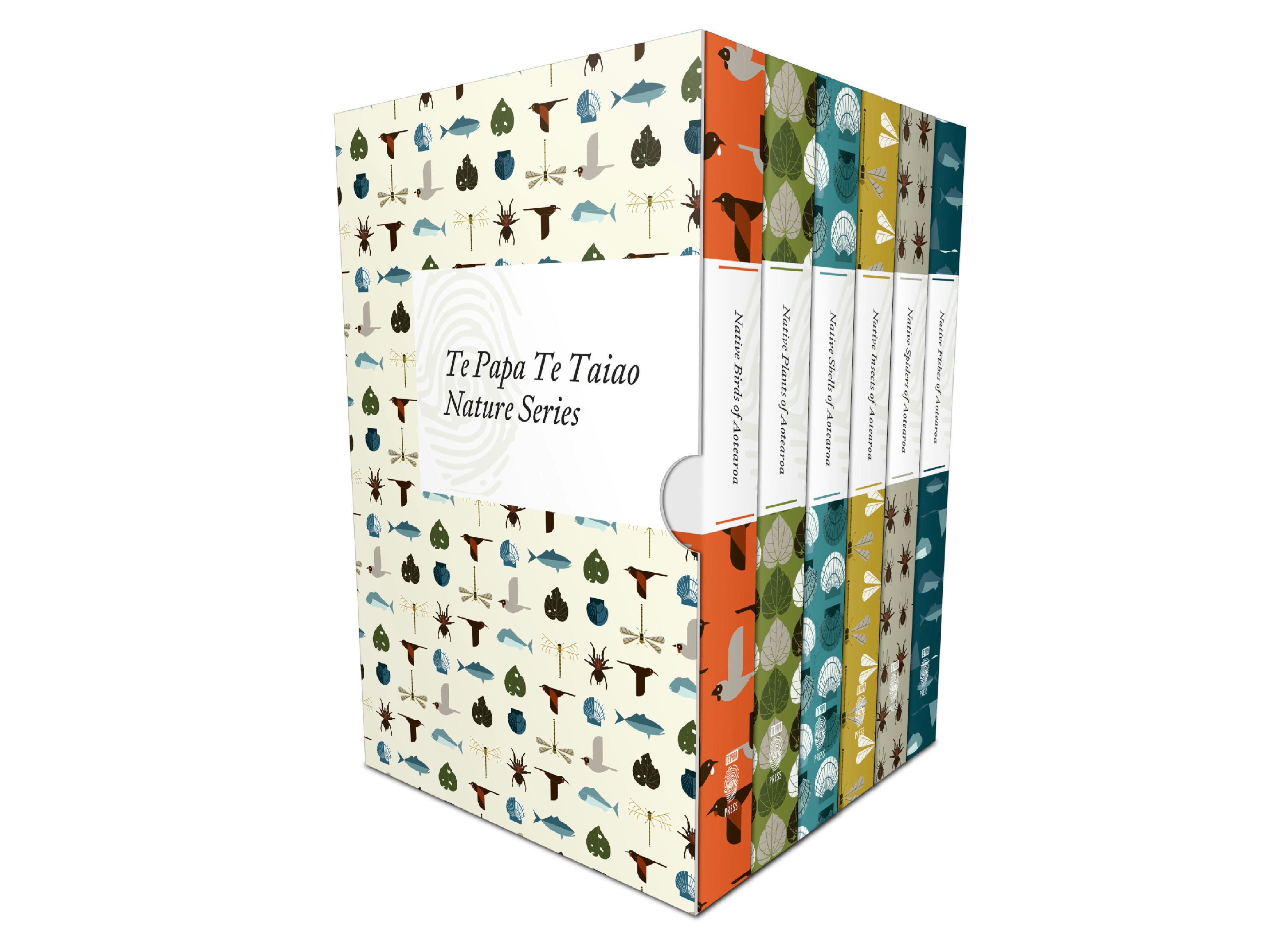
Q&A with Michael Szabo, author of Native Birds of Aotearoa
Michael Szabo discusses Native Birds of Aotearoa with Te Papa Press.
Michael Szabo is editor of Birds New Zealand magazine and a significant contributor to New Zealand Birds Online. He was principal author of Wild Encounters: A Forest & Bird guide to discovering New Zealand’s unique wildlife (2009), a former editor of Forest & Bird magazine, and has written for New Scientist, New Zealand Geographic and the Sunday Star-Times.
Michael Szabo. Photo courtesy of the author
"I hope it will help inspire them to get to know their local native birds even better, especially younger readers who may go on to become ornithologists or to work in conservation." – Michael Szabo
We are surrounded by birds in Aotearoa New Zealand but not everyone knows what it is they are looking at. Does that surprise you?
No. Until the relatively recent return of some native birds to sanctuaries and parks in New Zealand’s larger cities, urban people did not see many native birds and so were not as familiar with them as earlier generations were. Hopefully, this new book will help more people identify their local native birds and get to know them better.
How does one become attentive to the birds around one?
All you have to do is take some time to watch and listen to them. Having a book to help you identify them is also useful. All of our native birds are also identifiable from their calls. There are recordings on New Zealand Birds Online for anyone who wants to learn how to tell a tūī call from a bellbird korimako call: nzbirdsonline.org.nz
What’s one new thing about our birds that you learnt while writing this book?
That there are at least 2,495 Māori names, and 20 Moriori names for the birds of Aotearoa New Zealand.
Favourite bird?
The pīwauwau rock wren because everything about them is fascinating. They are more charismatic than you might expect from such a small and rather ‘hobbit-like’ species, with its long legs and very large feet. For example, when they stop flitting and hopping around and stand still, they bob up and down vigorously, often flicking their wings. The only truly alpine bird in Aotearoa, they are feisty little birds that can even live in the layer under the snow in winter. They build a small spherical nest that they line with feathers to keep warm in their mountain habitat. They avidly seek out feathers for lining their nest, so if you hold up and then drop a feather – even a white chicken feather – it will come to you and pick up the feather off the ground and take it back to its nest.
Most remarkable bird?
The kākāpo – it’s a giant, mossy green, flightless, nocturnal parrot that inflates its body so it can make a loud booming sound to attract a mate, and is as amiable as a pet dog. What’s not to like?
Bird with the strangest nesting and rearing habits?
Complex rather than strange, I would say the pūkeko for its social complexity, which includes shared chick rearing. Pūkeko live in permanent social groups that defend a shared territory. They nest as monogamous pairs, or as a pair with an extra male or, more rarely, an extra female. These groups may also have non-breeding helpers. When multiple breeding females are present, they lay their eggs in the same nest. The clutch usually comprises 4–6 large eggs per female, and when all the females in a group use a single nest they can lay up to 18 eggs. Breeding males incubate the eggs with some help from breeding females. All group members care for the chicks and after leaving the nest, the chicks are fed by the adults for a further two months.
Bird you wish was still around?
The amazing huia, which was a large, black songbird with a glossy green-blue metallic sheen, long black tail feathers with white-tips, and a fleshy, orange wattle at the base of each side of the bill. The Māori name came from their ‘hui-a’ call. The male and female had the most dramatically different bill sizes and shapes of any bird species in the world. Males had a robust, pale, tapering, pointed bill like a woodpecker’s, and females had a longer, finer, downward-curved bill. The early New Zealand ornithologist WRB Oliver described them as follows: “I have watched them in pairs hunting for wetas. The male would tear away the outer part of a green sapling. The female then tried to retrieve the weta with her long slender bill. If not successful she would stand back while the male tried to enlarge the hole. Unless the tree was a maire the birds would generally succeed, and would then fly away with the weta.”
Extinct since 1907, their closest living relatives are still here in Aotearoa today. You can see a kōkako and a tīeke saddleback in the wild at pest-free nature reserves such as Zealandia Ecosanctuary, Tiritiri Matangi Island, and Kapiti Island.
Bird with the most beautiful call?
The North Island kōkako has the longest known duet performance of any songbird species in the world, and – for me at least – is our most sublime songster, evoking the hauntingly beautiful sound of Aotearoa’s ancient forests.
Are you heartened by the recovery of some our bird species?
Yes, very much so, especially the way that we now have native birds like tūī, kākā, kārearea New Zealand falcon, korimako bellbird, kākāriki and kererū at parks around the capital such as Otari-Wilton’s Bush Reserve, Wellington Botanic Garden, Prince of Wales Park, Mt Victoria etc – and many other locations where predator eradications or controls have helped bring them back (such as Tiritiri Matangi Island, Sanctuary Mountain Maungatautari, Kapiti Island, Matiu/Somes Island, Brook Waimārama Sanctuary, Orokonui Ecosanctuary, Ulva Island etc).
But there is still more to do. Especially in the marine environment, where many of our seabirds are threatened by multiple factors including introduced predators, fisheries bycatch, climate change, plastic pollution, overfishing, and light pollution.
What do you hope readers will take from reading and using this book?
I hope it will help inspire them to get to know their local native birds even better, especially younger readers who may go on to become ornithologists or to work in conservation. That’s what happened to me after I was given The Observer’s Book of Birds at a young age.
____
Keen readers can also contribute to an online citizen science project by posting their bird sightings and photos on the New Zealand Bird Atlas.
You might also like


Te Papa Te Taiao Nature Series: Native Birds of Aotearoa
A handy introduction to the unique birdlife of Aotearoa New Zealand, for the backyard, bach, and backpack.

Te Papa Te Taiao Nature Series (Boxed Set)
The ultimate introduction to the natural history of Aotearoa.